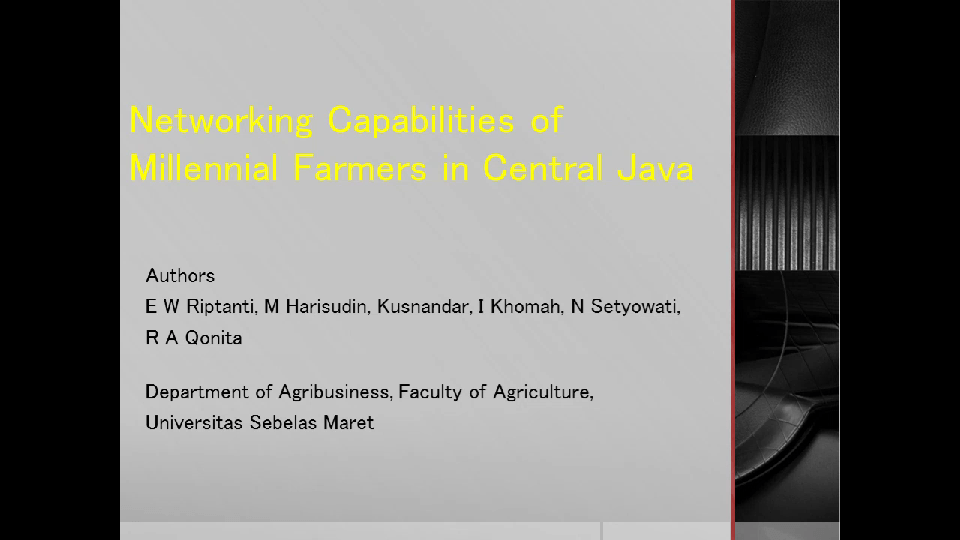Home » Room Video 6 » ID76 Effect of extraction method on the flavonoid
Paper ID: 76
Effect of extraction method on the flavonoid content of potential medicinal plant Phyllanthus niruri L.
R Reninta1*, W Nawfetrias2, A Tanjung2, R N Utami2, D P Handayani2, and D Pinardi2
1Research Centre for Genetic Engineering, Research Organization for Life Science and Environment, National Research and Innovation Agency, Indonesia
2Research Center for Horticultural and Estate Crops, Research Organization for Agriculture and Food, National Research and Innovation Agency, Indonesia
Email: rikania.reninta@brin.go.id
The extraction process in herbal plants maintains the quality of herb extracts by reducing the water content to prevent the growth of microorganisms and minimize the alteration of metabolites in plants. In this study, we investigate the effect of drying methods and incubation temperature on the flavonoid content of Phyllanthus niruri. Herb samples were fresh, oven-dried, and air-dried. Air-dried sample produced the highest total flavonoid level compared to other drying methods incubating at 4 degrees Celcius and 27-30 degrees Celcius. Air-dried samples incubated at room temperature had the highest total flavonoid content compared to other methods, followed by oven-dried and fresh samples. Fresh samples produced the highest yield compared to other drying methods on incubation at room temperature and 4 degrees Celcius. Various drying methods show a similar result of total flavonoids on incubation at 4 degrees Celsius, despite air-dried samples having the highest flavonoid content. Incubation temperatures have no significant difference in yield and flavonoid content, but the drying method shows otherwise. There is no interaction between the drying method and incubation temperature. Air-dried and oven-dried samples incubated at room temperature produce higher yield and flavonoid content than those incubated at 4 degrees Celcius, having a similar pattern.


